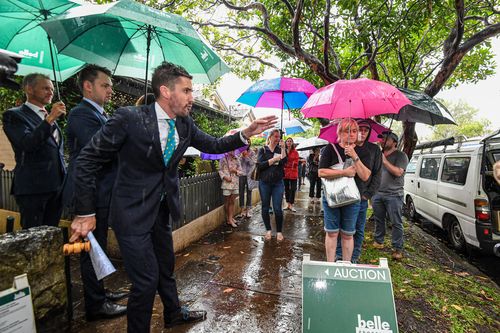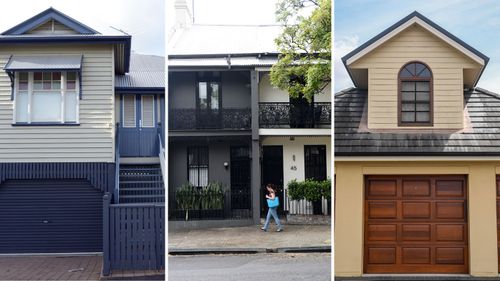For borrowers this is still bad news - mortgage repayments will go up, leaving less money in the household kitty for other essentials such as groceries and fuel.
Most of us know that interest rates are used by the RBA to control inflation. But things don't seem to be getting any cheaper - so why are interest rates still rising?

What actually are interest rates?
Australia's interest rate – or cash rate target – is decided by the Reserve Bank of Australia (RBA) on the first Tuesday of each month between February and December.
A press release detailing the change or hold in interest rates is sent out at 2.30pm on this day, which is why you may receive a flurry of news alerts around this time.
In extremely general terms, this interest rate determines the cost of unsecured overnight loans between banks.

If the interest rate is between banks, why should the ordinary Aussie care about it?
Very simply, if it costs more money for a bank to borrow and lend money it is inevitable that some of that cost will be passed on to the customer.
With this in mind, many view the RBA's interest rate decision to be a barometer for how cheap or expensive bank loans will be to repay for Australians.
Home loans are naturally the biggest loan the ordinary Australian will ever take out in their lifetime.
It makes business sense that any change in the official cash rate is likely to have some flow-on effect to those with variable rate mortgages.
Banks don't have to pass on interest rates changes to loan holders, but can and do. They are a money-making business after all.

How are interest rates used to control inflation?
Interest rates are the RBA's primary tool in controlling inflation in Australia.
On a very conceptual level, a higher interest rate means mortgage repayments are more expensive.
More expensive mortgage repayments mean households will cut back on spending in other areas of their life, for example buying clothes or electronics or cars (among a thousand other things).
If Australians cut back on general spending, the level of inflation should reduce because businesses competing for the dollar of a now-thrifty general public might need to lower their prices.

Interest rates have gone up six months in a row. But prices at the shops are still high?
That's not a question. But I see where you're coming from.
On a historical basis Australia's current interest rate is still reasonably low, but that thought doesn't help heat people's homes at night.
The best measure we have for measuring Australia's level of inflation is the Consumer Price Index, or CPI.
That's currently just over 6 per cent. The RBA has flagged that it wants inflation in the 2 to 3 per cent range. Basically inflation is still too high.
Why are property prices falling?
The science of the property market is an imperfect one, and many debate how much influence the cash rate has on house prices.
That's after six consecutive rate rises from the RBA since May.
Again, in extremely simple terms which don't account for thousands of variables, the higher interest rates go, the more expensive mortgages become.
In turn, people will have less of the bank's money to spend at auction and will likely compete for lower-valued homes.
https://news.google.com/__i/rss/rd/articles/CBMiiQFodHRwczovL3d3dy45bmV3cy5jb20uYXUvZmluYW5jZS9hdXN0cmFsaWEtaW50ZXJlc3QtcmF0ZS1leHBsYWluZXItd2h5LWlzLXRoZS1jYXNoLXJhdGUtc3RpbGwtcmlzaW5nL2Y5NzI3NzcxLTNiMDMtNGQxMC1hN2I3LTFjOTFjMzQyNjgwZtIBAA?oc=5
2022-10-04 01:39:08Z
1585227579
Bagikan Berita Ini















0 Response to "Why are Australia's interest rates still rising? - 9News"
Post a Comment